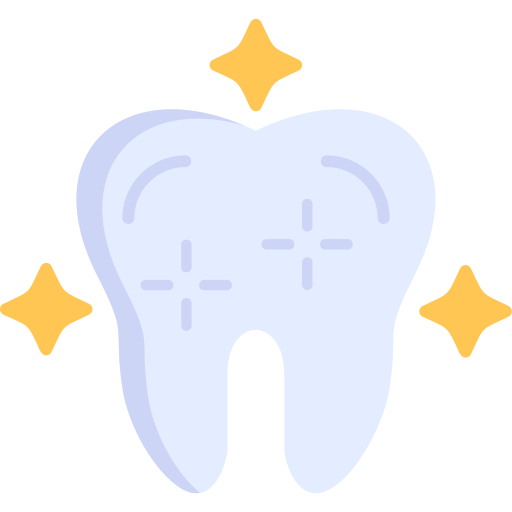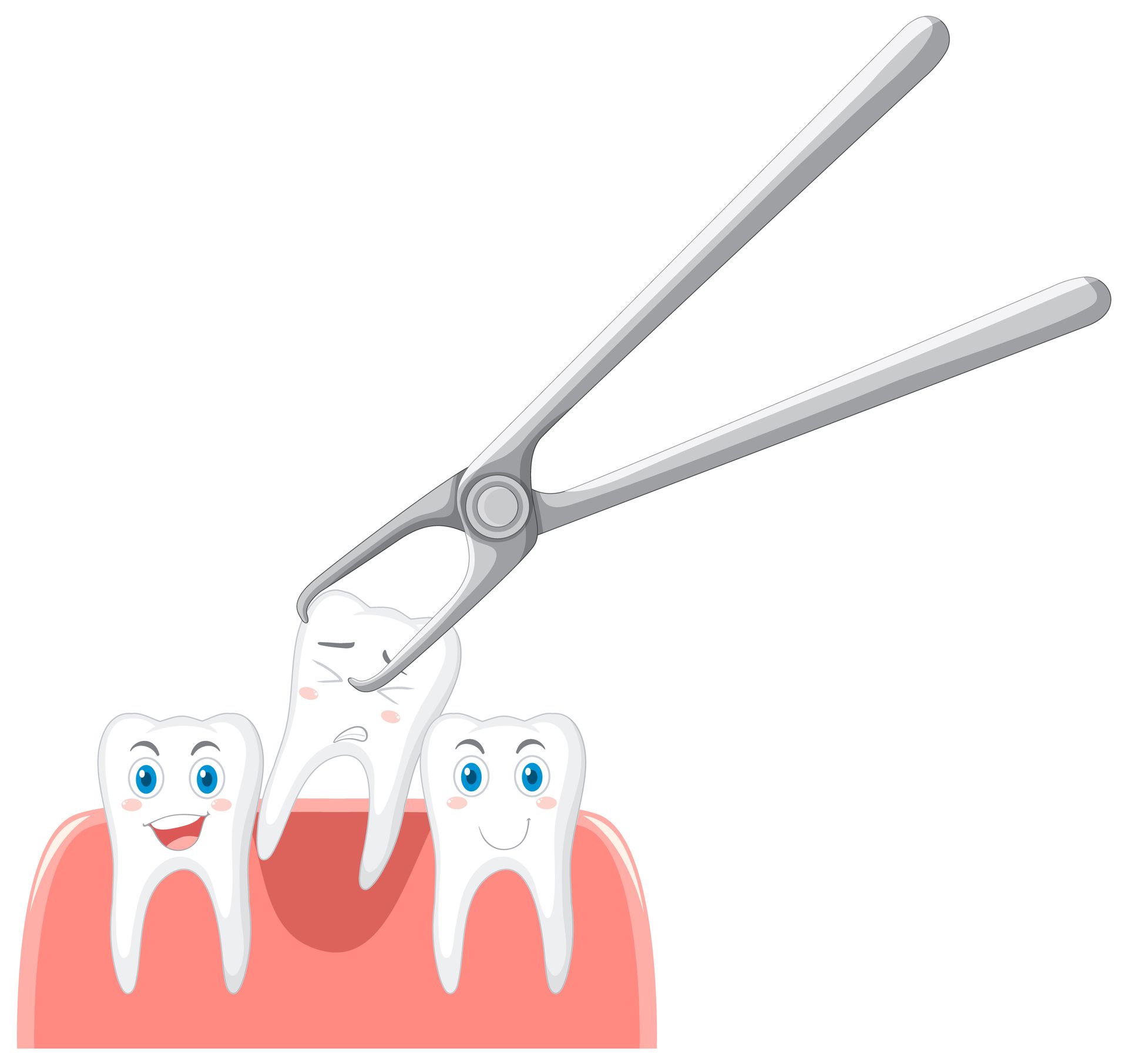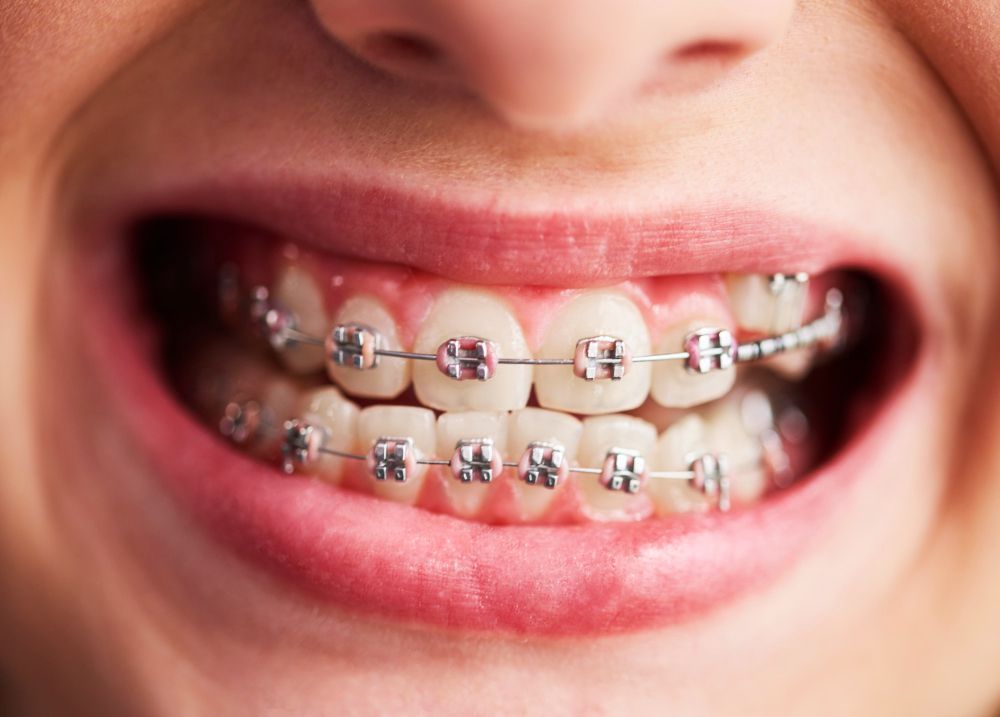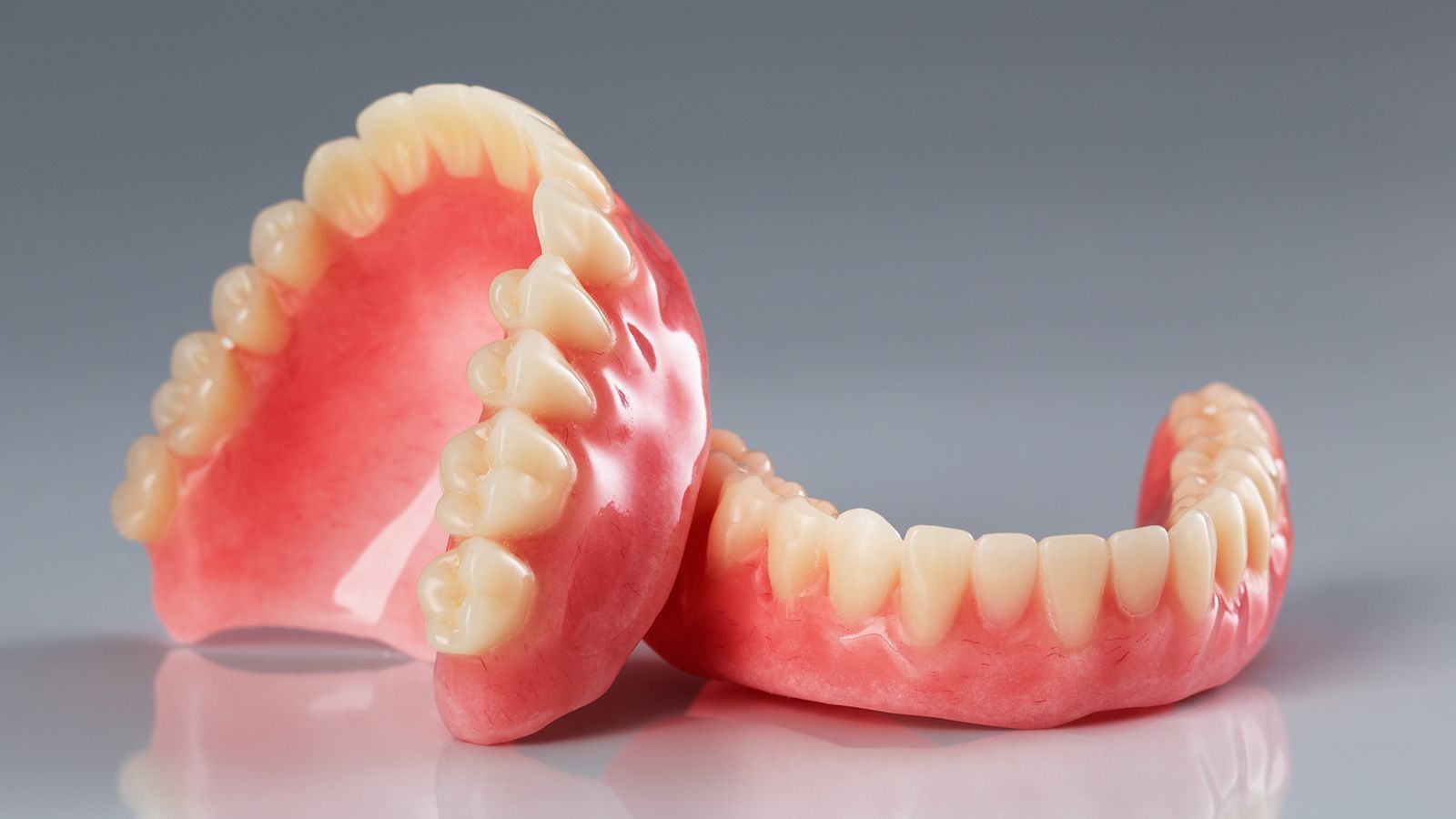The Complete Guide to Dental Cleaning, Polishing, and Air Sanding
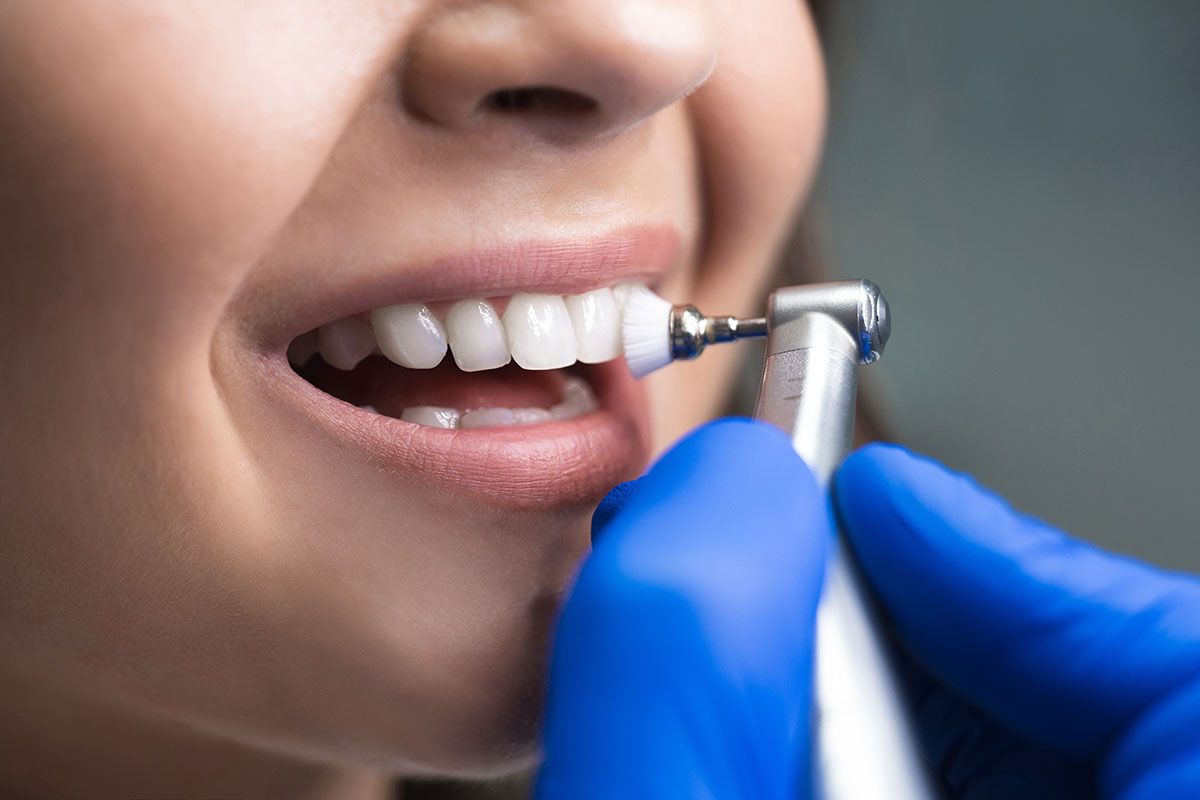
What to Expect with or without Local Aesthesia?
Maintaining optimal oral health requires regular dental care, including professional cleaning, polishing, and air sanding. These procedures help remove plaque, tartar, and surface stains, leaving your teeth looking and feeling clean. In some cases, local anaesthesia may be used to ensure comfort. Explore our price plan for cleaning, polishing, and air sanding.
In this blog, we’ll delve into each of these dental procedures, explore the benefits, and discuss when local anaesthesia might be necessary.
1. Understanding Dental Cleaning
Dental cleaning, also known as prophylaxis, is a routine procedure performed by dental hygienists to remove plaque, tartar, and food debris that cannot be eliminated by brushing and flossing alone.
- Plaque and Tartar Removal: Plaque is a sticky film of bacteria that forms on teeth. If not removed, it hardens into tartar, which can only be removed by a professional.
- Scaling: This process involves the use of specialised tools to remove plaque and tartar from the teeth and gum line.
- Importance of Regular Cleaning: Regular dental cleanings prevent gum disease, tooth decay, and bad breath.
2. The Benefits of Dental Polishing
Dental polishing is often performed after a cleaning to smooth the surfaces of the teeth and remove any remaining stains or plaque.
- Enhances Aesthetic Appeal: Polishing leaves the teeth smooth, shiny, and free of surface stains.
- Improves Oral Health: Smooth tooth surfaces make it harder for plaque to accumulate, reducing the risk of cavities and gum disease.
- Types of Polishers: Depending on the needs, a rubber cup with polishing paste or air polishing devices may be used.
3. What is Air Sanding in Dentistry?
Air sanding, also known as air abrasion or air polishing, is a technique used to remove stains and plaque using a stream of air combined with water and fine particles, usually sodium bicarbonate or glycine.
- Minimally Invasive: Air sanding is gentle and doesn’t involve direct contact with the teeth, making it a comfortable option for patients.
- Ideal for Stain Removal: Effective at removing surface stains caused by coffee, tea, tobacco, and other substances.
- Application: It is often used before dental bonding or sealants and to prepare the tooth surface for other procedures.
4. Using Local Anesthesia for Comfort
While many patients can undergo dental cleaning, polishing, and air sanding without discomfort, some may require local anaesthesia to ensure a pain-free experience.
When is Local Anaesthesia Necessary?
- Sensitive Teeth or Gums: Patients with heightened sensitivity may benefit from local anaesthesia.
- Deep Cleaning: Procedures like scaling and root planing, which involve cleaning below the gum line, often require anaesthesia.
- Patient Comfort: Some patients prefer local anaesthesia for personal comfort during extensive procedures.
How Local Anesthesia Works:
- Numbing the Area: The dentist administers an anaesthetic to numb the gums and surrounding tissues.
- Quick Onset: Anesthesia typically takes effect within minutes, ensuring the procedure is pain-free.
5. Comparing Procedures with and without Anesthesia
Choosing to undergo these dental procedures with or without local anaesthesia depends on several factors, including the patient’s pain tolerance, the extent of the procedure, and personal preference.
With Local Anesthesia:
- Comfort: Ideal for patients with sensitivity or undergoing more intensive cleaning.
- Procedure Time: May slightly extend the appointment due to the administration of anaesthesia.
Without Local Anesthesia:
- No Numbing Sensation: Suitable for those with low sensitivity.
- Quicker Procedure: The absence of anaesthesia reduces overall time spent in the dental chair.
6. What to Expect After the Procedures
Post-procedure care is crucial for maintaining the benefits of cleaning, polishing, and air sanding.
With Anesthesia:
- Numbness: Expect the numbing sensation to last a few hours.
- Diet: Avoid hot foods and drinks until the sensation returns to prevent burns.
Without Anesthesia:
- Immediate Recovery: No downtime; patients can return to normal activities immediately.
Dental cleaning, polishing, and air sanding are essential for maintaining oral health and achieving a brighter smile. Whether you choose to undergo these procedures with or without local anaesthesia, regular visits to your dentist are crucial. At Clinic4U, our experienced dental professionals are committed to providing personalised care to ensure your comfort and the best possible outcomes.
Set up your professional
cleaning and polishing appointment today!
LOCATION
Clinic4U
3 Castle Street
Dublin 2
D02 F950
CLINIC HOURS
- Mon - Sat
- -
- Sunday
- -
NEWSLETTER
Contact Us
Thank you for signing up for the Clinic4U newsletter!
Please try again later.









